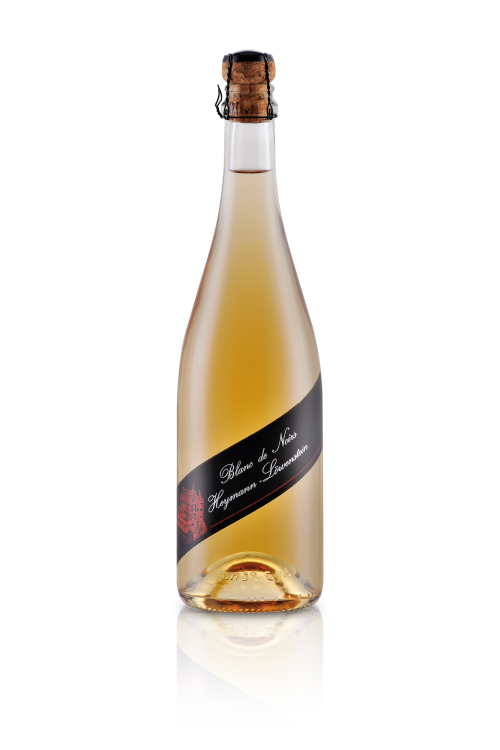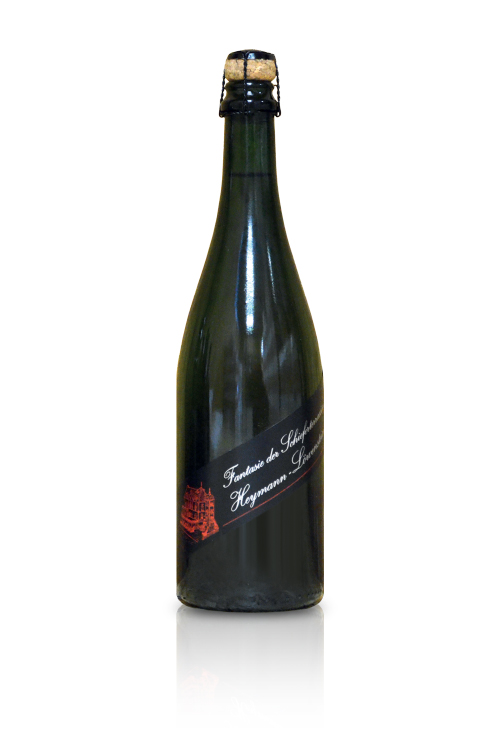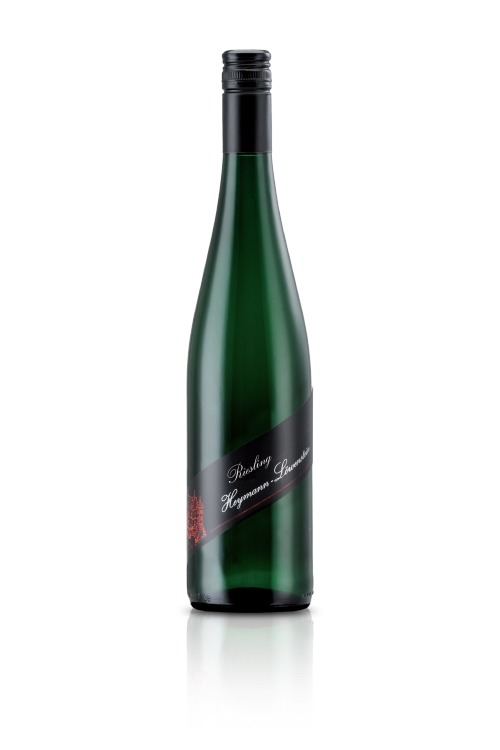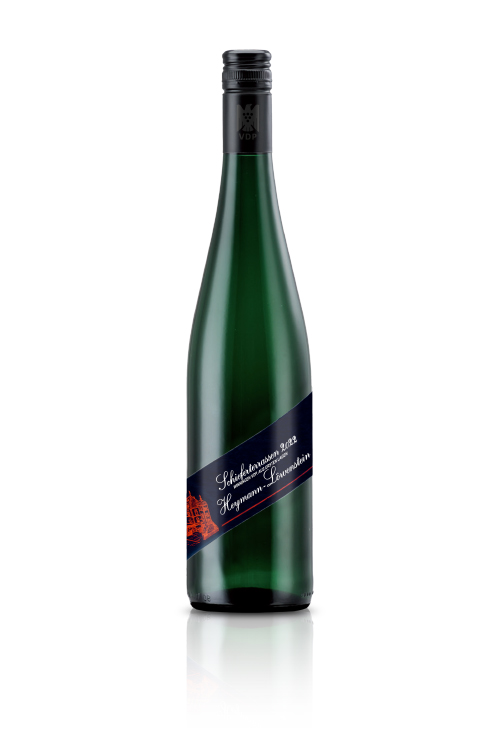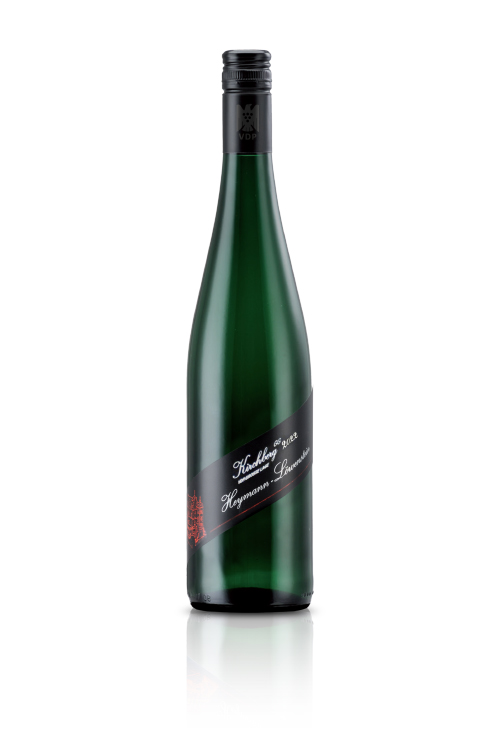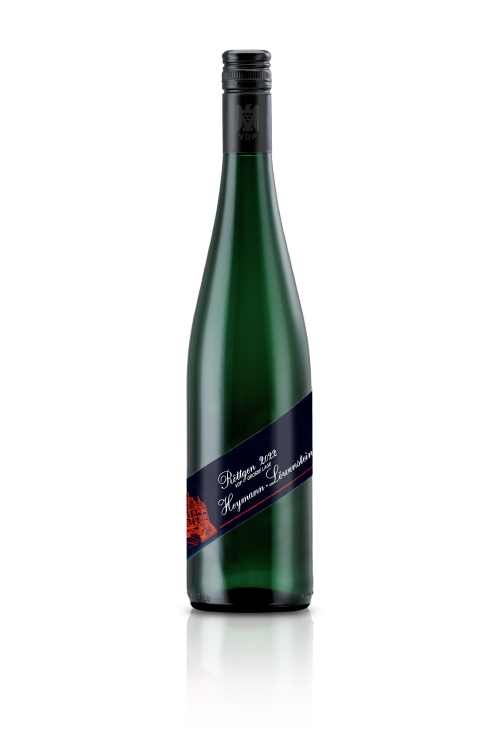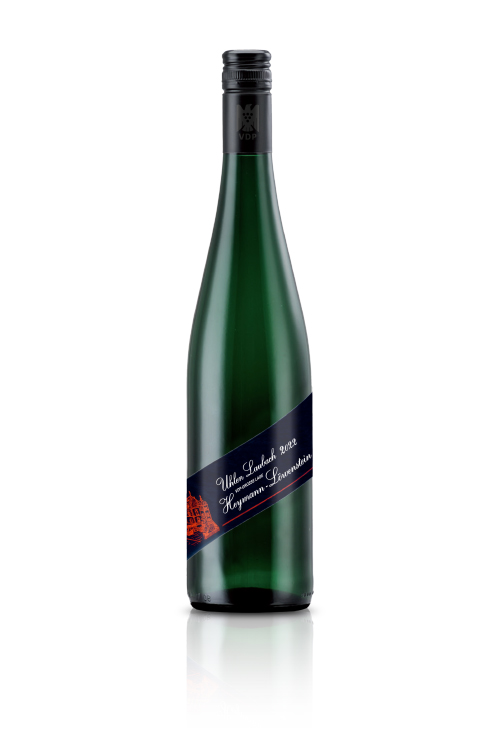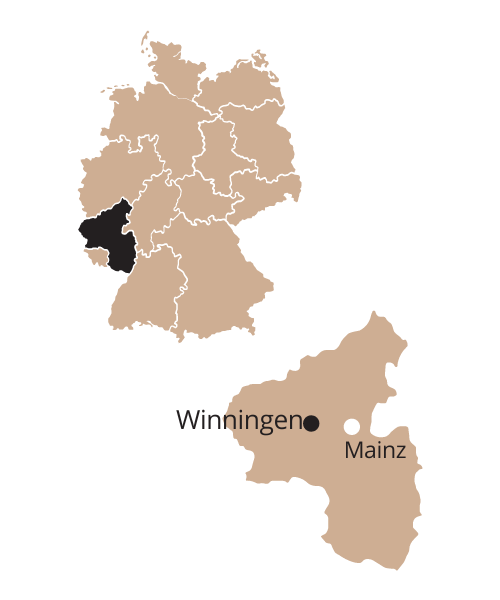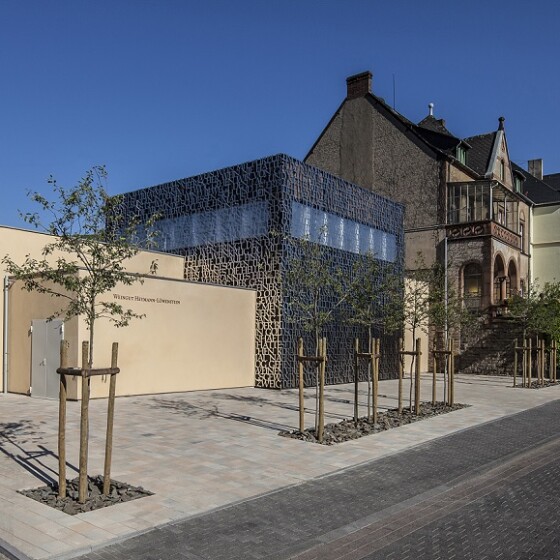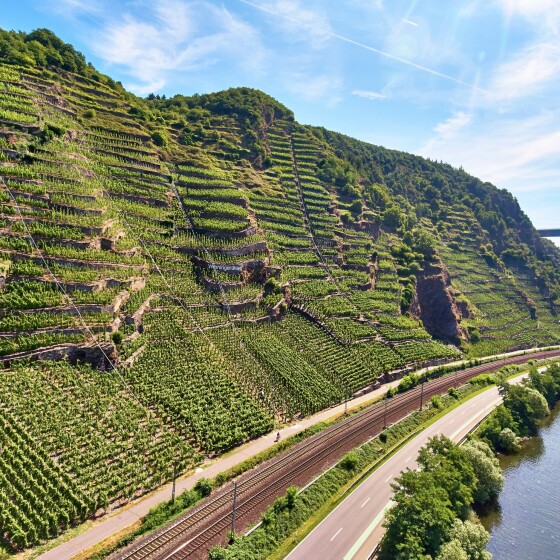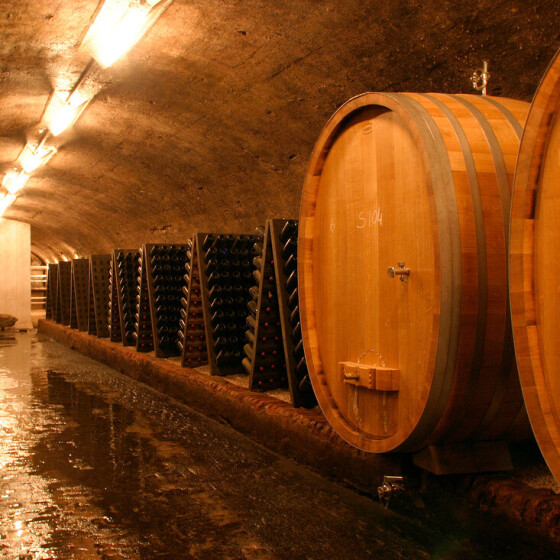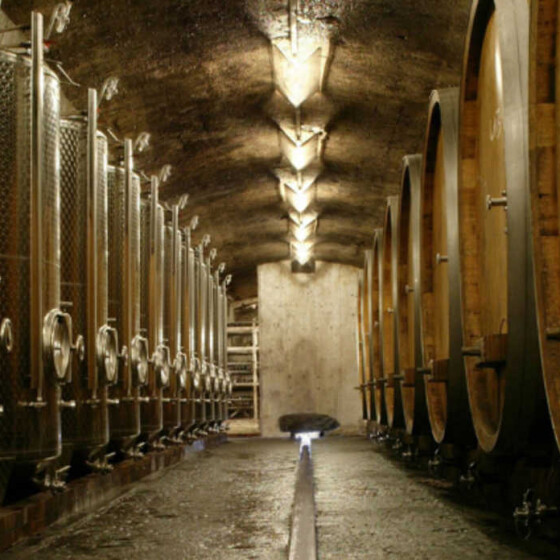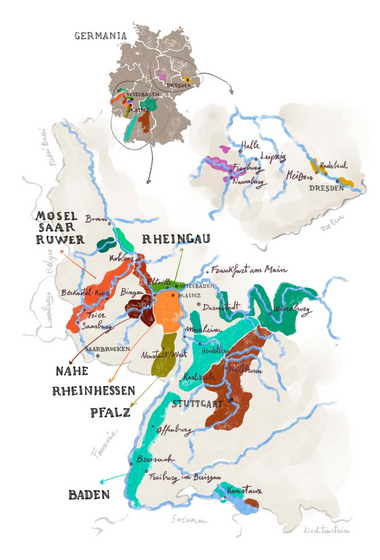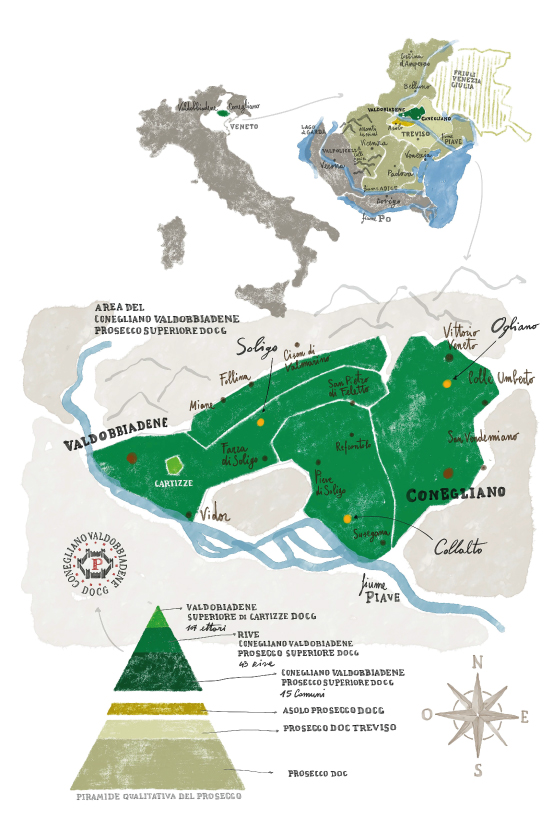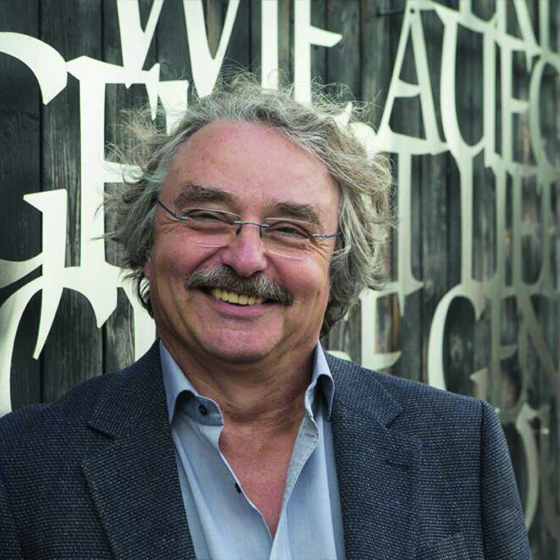
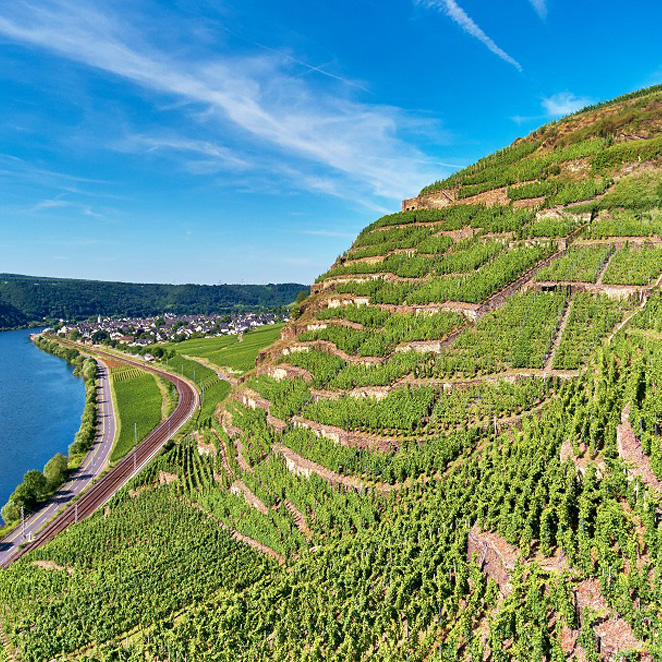
THE COMPANY
Just like with all great wines, the same thing is true for Riesling: the secrets of its flavour are in the terroir, in the creative synthesis of the soil, vines, microclimate and in the skills of the grape grower. Riesling can, in fact, exalt the individual mineral hints of the rocks in the wine and Reinhard Löwenstein is an extraordinary interpreter. The aromas of his wines are fruity, long-lasting with mineral components and the majority is dry vinified. Reinhard wines are now representing the new style of Moselle, in fact the six rieslings proposed give a good representation of the terroir where the slate is the absolute lord of the aroma and the flavour in the first three-five years, and afterwards the mineral components become increasingly more important with pronounced and eccentric flavours. In addition to the “dry” wines, which most of all represent the winery’s “modus operandi” great minerality and depth also in the Blanc de Noirs that make Löwenstein one of the major players in the Mosel, with a well-rounded view on German winemaking.
